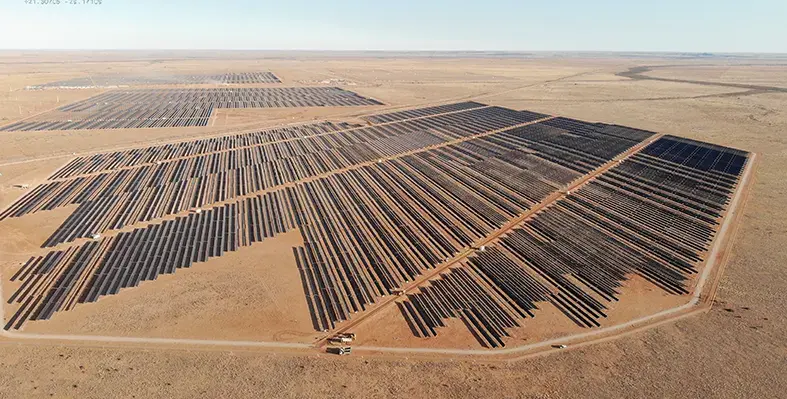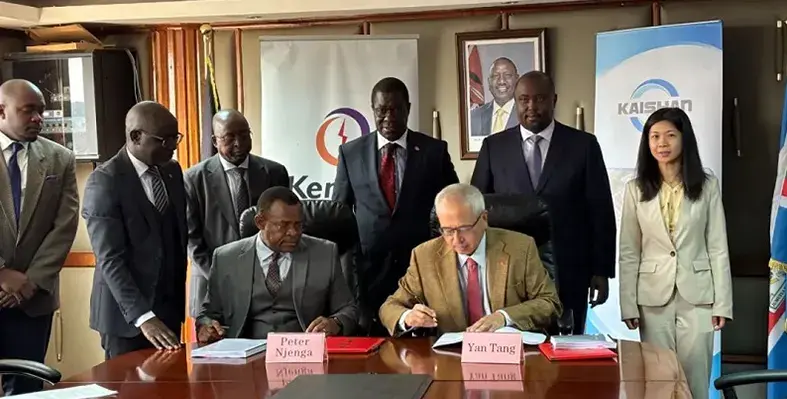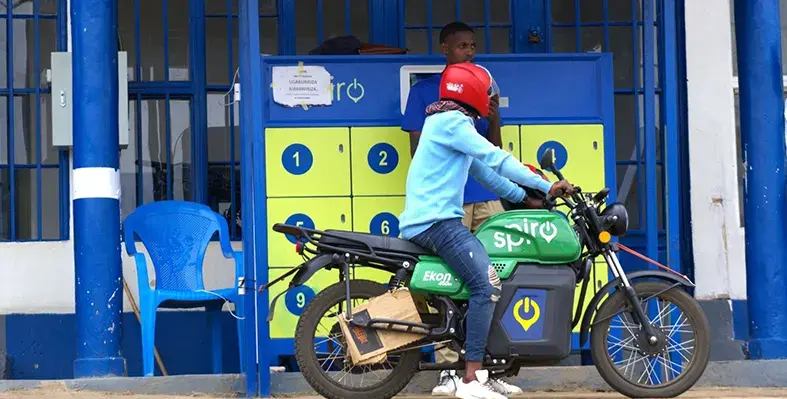Nigerian energy group Oando plc is expanding its clean energy division, outlining a variety of power and related projects in its latest results update
The roster of projects includes a 1.2 GW solar PV assembly plant, which it hopes will tap into rising demand for solar panels and the desire to source from local manufacturers.
In its clean energy division, the company noted that it “advanced its electric mobility, solar, and recycling initiatives”, including progressing the development of a 1.2GW solar PV assembly plant.
Few details have been provided on the manufacturing plant but it is thought that the facility will also recycle old solar panels into materials for other applications.
In addition, Oando reported that it had also completed a techno-economic study for a 6 MW geothermal pilot project, as well as secured land for a 2,750-ton-per-month PET recycling facility.
The indigenous energy group, which is listed on both the Nigerian Exchange and Johannesburg Stock Exchange, said overall profits were up 164% during the nine months ended September 30, 2025, compared to the same period in 2024, despite a drop in revenues, citing “production growth and disciplined execution.”
Wale Tinubu, Oando’s CEO, said the high growth followed the acquisition of 100% of the shareholding interest in the Nigerian Agip Oil Company (NAOC) from the Italian energy company, Eni, last year.
“In the first nine months of 2025, we consolidated the gains achieved following our acquisition of NAOC’s assets last year,” he told investors.
“Our assumption of operatorship has been transformational, granting us the agility to act decisively and execute with precision in driving production growth and operational efficiency.”
In the upstream segment, the company said group production averaged 38,121 barrels of oil equivalent per day (boepd) during the period, up 59% year-on-year,
“Oando’s performance reflects a period of strategic transition, marked by strong profitability and upstream growth despite softer trading revenues,” it said in a statement.
Its latest announcement also illustrates a deeper interest in expanding beyond hydrocarbons and into renewables and other clean energy alternatives.
In its Q1 2025 results, Oando said that it is targeting the deployment of 50 electric buses as well as making further progress on the solar PV module assembly plant, advancing it toward final investment decision, although it did not give any timescale on when it hoped the scheme would be operational.
Read more:
New map tracks Africa solar manufacturing growth














